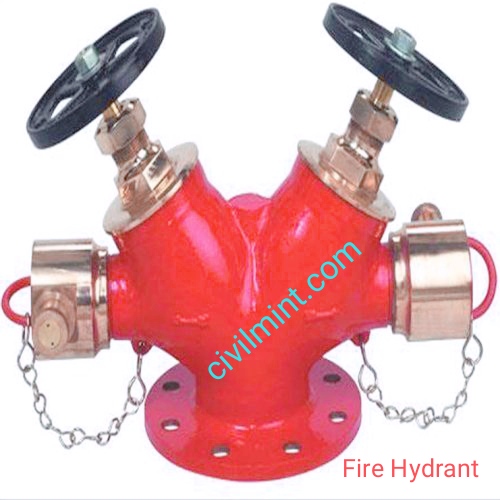Table of Contents
Introduction
Fire hydrants are present in most residential and commercial areas. If you are walking in residential areas, you will often see them near sidewalks.
They are typically an integral part of firefighting networks and are used to direct water from public sources to firefighter hoses as needed.
However, while hydrants are a common sight, their construction and operation are less common. This article provides insight into their structure and how they work to form a very important element in our lives.
Fire hydrants are present in most residential and commercial areas. If you are walking in residential areas, you will often see them near sidewalks. They are typically an integral part of firefighting networks and are used to direct water from public sources to firefighter hoses as needed.
However, while hydrants are a common sight, their construction and operation are less common. This article provides insight into their structure and how they work to form a very important element in our lives.
Description
Fire hydrant is a connection point for firefighters to connect to the water supply. Fire hydrant is also known as waterplug, or firecock.

It is normally installed on the side of the road, and a rubber boot is set on the valve to prevent freezing in cold climates. Fire hydrants can be used by anyone in an emergency. Used when home is on fire or flooded, but primarily intended for use by firefighters.
Working Principal of Fire Hydrant
The working principle of a fire hydrant is very simple. Water from the main line enters the valve body through the supply line. On the valve body he has two ports. One on top with a check valve to prevent black flow into the supply line and one on the bottom that allows water to flow through the outlet port to the hose bibs (fittings attached to street level buildings) will do so.
When a firefighter pulls the lever on the truck’s pump panel or pulls the pump’s electric start switch, the valve opens, releasing pressurized air into the suction line and causing a forceful jet of water out of the hydrant.
Parts of Fire Hydrant
1. Pipes
The piping section consists of two main parts: the valve and the body. The valve contains inlet and outlet tubes that converge at the top and bottom of the hydrant. The body section is between these two tubes and is usually larger than both tubes together because it contains a reservoir for storing water.
2. Panels
Hydrant Panels are made of High Density Polyethylene (HDPE). They are usually yellow and have an attractive design that makes them easy to find in an emergency. The main purpose of this nameplate is to help firefighters find hydrants in an emergency.
This panel can also educate children about the importance of fire safety, especially when playing outside and playing with matches and lighters. They will teach you how to use it properly and what to do if you find it while playing outside.
3. Landing Valves
Landing valves are located above ground hydrants or above road level. It’s called a “landing valve” because firefighters can “land” a hose on the hydrant to connect the hose and pump out water. Landing valves are usually color coded for easy identification by firefighters. Landing valve color codes vary by city and county, but most are red or yellow. Some cities also use green landing valves with booster pumps that provide additional pressure to help fight fires.
4. Hose
Hose connects the valve of a fire hydrant to the nozzle of a fire truck or other vehicle. It can be installed by hand or with a coupling device that can be quickly removed if caught or damaged.
Available in a variety of sizes and materials for sanitary applications. You can find clutches in every appliance in your home or office. They are usually made of metal and plastic, and rubber.
5. Hose Reels
Hose reels are devices for storing and winding unwound hoses for easier transportation. It consists of a movable frame with several coils. The hose is wrapped around these spools as it is unwound from the reel. Reels can be manual or motorized depending on intended use.
6. Branch Pipe and Nozzle
Nozzle is on the ground above the hydrant. There are multiple orifices that release water when you turn the handle on top of the nozzle. The handle can be operated by hand or turned clockwise with a wrench.
7. Fire Service Connections
The nozzle is the part of the hydrant that connects to the hose. This can be done with a rubber adapter or by screwing the nozzle directly onto the end of the hose. Nozzles are available in sizes from 2½” to 12″ in diameter.
The larger the diameter, the higher the water pressure. Smaller nozzles are easier to use for smaller hands, but when attached to a longer hose they may not reach as far as larger nozzles.
Wires allow firefighters to know what is happening in their reactions, such as the amount and pressure of water flowing through a hose. This information is important to ensure that the right amount of water is where it is needed to extinguish the fire quickly and safely.
Closing Words
Fire hydrants are an integral part of fire protection infrastructure in any city. They are essential for firefighters as they provide access to reliable water sources in otherwise inaccessible locations. If you’ve always wanted to know what a hydrant consists of and how it works, this article will give you more insight.
